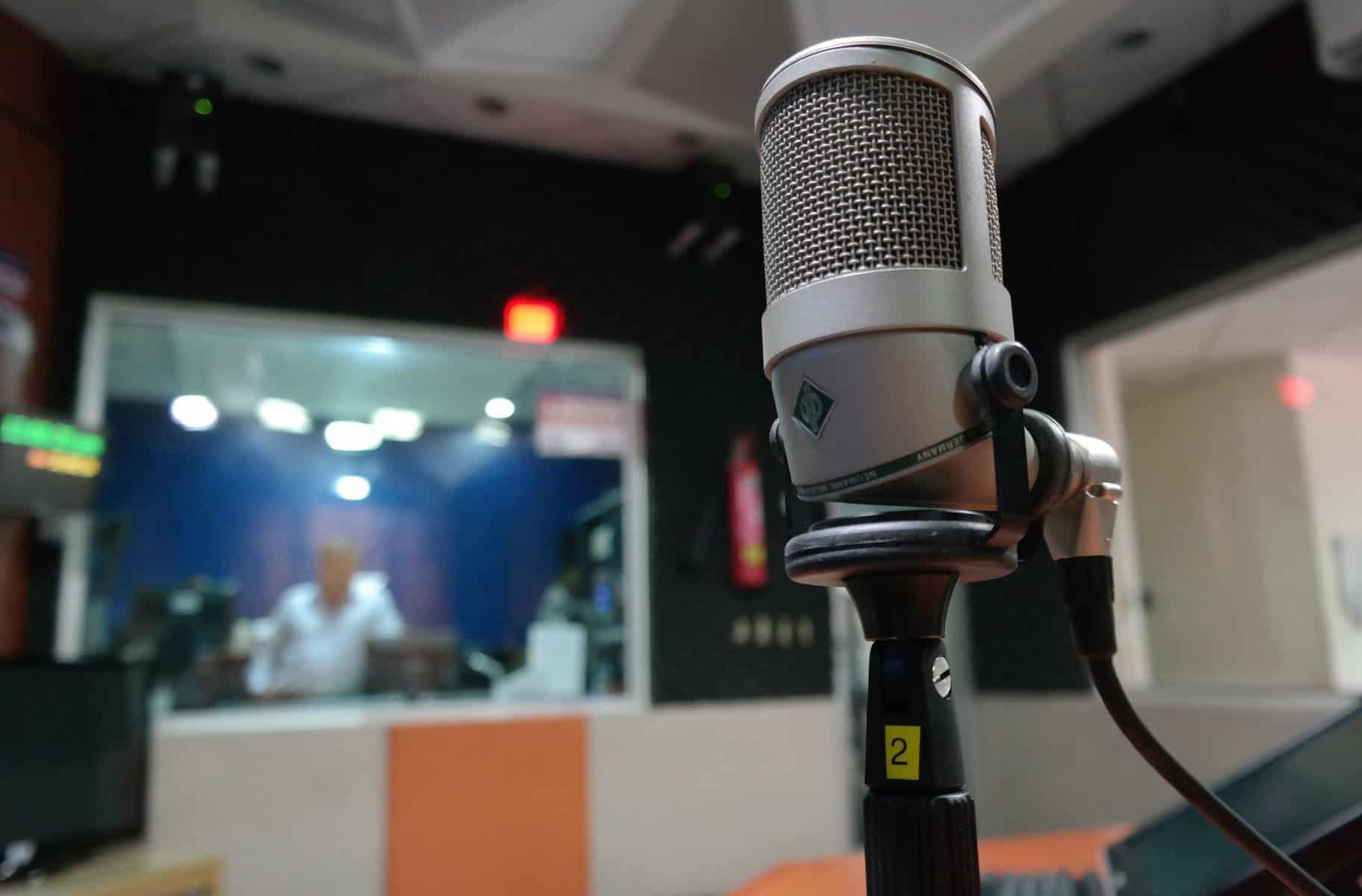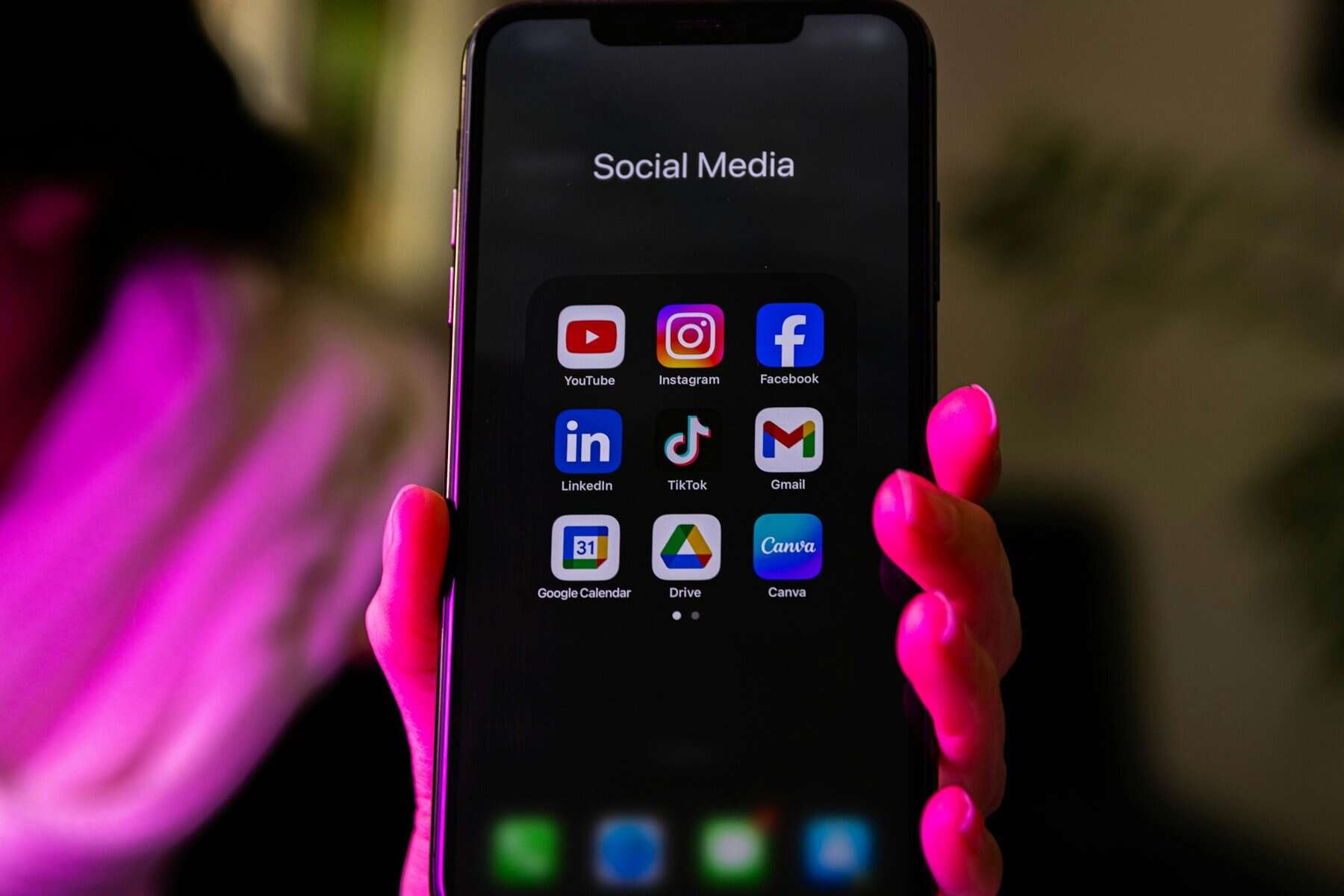Rhythm and melody think of them as the heartbeat and voice of a radio commercial. These musical elements aren’t just for entertainment; they play a critical role in the effectiveness of radio ads. The rhythm gives structure, while the melody captures emotions, making listeners pay attention from start to finish. When combined, they can turn a simple message into something unforgettable. Whether it’s a catchy tune that sticks in your mind or a rhythmic beat that sets the pace, these musical components can make or break how well a commercial resonates with its audience.
For anyone crafting radio commercials, understanding the power of rhythm and melody is like having a secret ingredient in your creative kitchen. Just like how a chef uses spices to enhance a dish, marketers and advertisers use rhythm and melody to enhance their message. This pairing captures listener attention and imprints the message long after the ad has ended. By weaving these elements together skillfully, you can ensure your commercial stands out from the crowd and stays memorable.
The Impact of Rhythm in Radio Commercials
Rhythm sets the pace for a commercial, dictating how a message is delivered and received. It gives structure, guiding listeners smoothly through each part of the ad. Consider it like a tour guide leading visitors through a museum, making sure they don’t miss anything important. A strong rhythm catches attention right away, keeping the message flowing and ensuring there’s no dull moment.
Here are some reasons why rhythm is so important in radio commercials:
- Engagement: A steady rhythm helps maintain listener interest by providing a familiar and comforting pattern.
- Pacing: It determines the speed and energy of the ad, setting the mood for the message.
- Flow: Rhythm ensures a seamless transition from one part of the commercial to another, making the message easy to follow.
Effective use of rhythm can be seen in many well-known commercials. For instance, music with a fast beat can create excitement and urgency, great for calls to action or promoting limited-time offers. Meanwhile, a slow, calming rhythm might be used for products that emphasize relaxation or luxury. This rhythm can pull listeners into the world of the brand, making them more likely to engage with the message.
Rhythm sets the tone, guides the listener, and keeps everything in sync. Without it, a radio commercial could feel disjointed or lose impact. With it, the ad becomes more than just words and music; it transforms into a seamless audio experience that resonates with listeners long after they’ve heard it.
The Power of Melody in Captivating Listeners
In the world of radio commercials, if rhythm sets the pace, melody speaks directly to the heart. Melody can move people in ways that words alone might not reach. It builds an emotional bridge between the ad and its audience, triggering feelings and memories that make the message more relatable. Catchy melodies can stick in the listener’s mind, creating a lingering impression that keeps the brand front and center even after the commercial is over.
Melodies that are simple and memorable often become signature tunes for brands. Think about jingles you’ve heard in the past; their ability to bring a smile or evoke nostalgia is thanks to their melodic magic. When crafting these melodies, it’s key to ensure they’re easy to hum along to and fit the brand’s identity. The goal is to evoke the right emotions in listeners and create a lasting connection with the brand.
Here are some tips for creating memorable melodies:
- Simplicity: Keep it uncomplicated to ensure it’s easily remembered. Complex tunes can overwhelm rather than engage.
- Repetition: Use repeating patterns to cement the melody in the listener’s mind.
- Emotion: Tailor the melody to evoke the emotions you want associated with your brand.
Matching melodies with the message in a radio commercial helps create a more compelling story. It’s this fusion of words and music that resonates deeply with listeners, nudging them toward remembering and engaging with the brand.
Integrating Rhythm and Melody for Maximum Effect
Bringing rhythm and melody together in harmony is what makes a radio commercial truly powerful. These elements need to be carefully balanced to amplify their impact and convey the brand message effectively. A well-integrated commercial uses rhythm to maintain engagement and melody to evoke emotion, creating an experience that stays with the listener.
Here are some ways to seamlessly blend rhythm and melody:
- Consistency: The rhythm should align with the overall mood of the melody, ensuring they work together rather than competing.
- Contrast: Use varying dynamics to keep the ad interesting and highlight key points.
- Brand Fit: Ensure both elements reflect the brand’s personality and the message you want to send.
Successful commercials often employ these blends of rhythm and melody to great effect. For instance, a playful jingle with a lively rhythm might work wonders for a fun, youth-oriented brand, while a soothing melody with a gentle beat could be perfect for a luxury product. The key is in understanding how these elements can be combined to reinforce the brand message naturally.
As you plan your radio commercial, consider the magic that rhythm and melody can bring. When used well, they turn a simple advertisement into an engaging story, touching listeners’ hearts and minds. By prioritizing these elements, you ensure your message cuts through the noise and leaves a lasting impression.
Rhythm and melody are the secret ingredients that elevate your radio commercial from ordinary to extraordinary. If you’re ready to infuse your projects with these powerful elements, reach out to the experts. Contact Killerspots Agency to craft engaging radio commercials that truly resonate with your audience. Call us at 513-270-2500 to get started.




















